Lady Dye - Fabric Dye - Hot Water Dye - Bottle Green
By A Mystery Man Writer
Last updated 20 May 2024

HOT WATER MACHINE WASHGet preparedAlthough all our dyes are non-toxic, care should always be taken when handling any chemicalsAvoid prolonged inhalation of dye powder, as this can cause an allergic reaction in some peopleIf you are concerned about the ap
HOT WATER MACHINE WASHGet preparedAlthough all our dyes are non-toxic, care should always be taken when handling any chemicalsAvoid prolonged inhalation of dye powder, as this can cause an allergic reaction in some peopleIf you are concerned about the appearance of your hands, wear latex gloves for protection against temporary skin stainingRead and stick to the instructionsMake sure you have all of the required equipment before you start, and enough time to complete the processPlease make sure that your washing machine:Can heat to 90°CIs NOT a twin tub or single tubROTATES AUTOMATICALLY during heating to ensure even dyeingIf it does not rotate automatically, interrupt the cycle periodically and turn the switch to rotateAfter a few rotations, resume the heating stagePrepare the fabricIdentify the fabric type before dyeingNatural fabrics dye best (cotton is the best); other fabrics give mixed resultsPoly-cotton mixtures give reduced shades and can result in blotchy resultsSynthetic and acrylic fabrics cannot be successfully dyed in the home (these require very high temperature and pressure conditions not attainable in the home)Silk can be dyed under specific conditions (you will have to use an acidic agent, like vinegar)Wool can be dyed, but we do not recommend it, as the high temperatures often cause shrinkage and shape loss of the garmentWeigh the fabric before dyeing itThe weight of the fabric determines how much dye you should useEach pack of Lady Dye fabric dye is designed to dye 250g of dry fabric to the shade indicated on the packVarying the amount of dye to fabric ratio will make for lighter or darker shades (i.e. 1 pack of Lady Dye fabric dye to less than 250g of dry fabric will result in darker shades, whereas 1 pack of Lady Dye fabric dye to more than 250g of dry fabric will result in lighter shades)If your garment weighs less than 250g, use a proportional amount of dye and water (e.g. if your garments weighs 125g, use half the pack of dye and half the amount of water. See Weighing Table for more detail)Get the fabric ready for dyeingWash all fabric before dyeing (any impurities will affect the dyeing process); this is true for both brand new and old fabricsThe closer to white the fabric, the better (Lady Dye Colour Remover or a bleach and water solution are recommended)Prepare the solutionsMake up the dye solutionBoil 1 litre of water for every sachet of Lady Dye fabric dyeDissolve the dye powder in the water you have just boiled (making a paste with some of the water first helps)Strain the solution through a cloth into another container large enough to contain your fabric AND the dye bath solution (a large pot is best). Please note that the cloth that you strain the solution through will be discoloured by the process, so a clean, old cloth is best)This solution is now what we call the Dye SolutionMake up the salt solutionBoil another 1 litre of water for every sachet of Lady Dye fabric dye usedDissolve 4 tablespoons (60ml) of salt for every sachet of Lady Dye fabric dye used; make sure the salt dissolves completelyDye the fabricDye the garmentStrain the dye solution through a cloth into a jugPour this directly into the washing machine drumPour the salt solution directly into washing machine drum as well Run through the longest and hottest cycle. DO NOT INCLUDE A PREWASHWhen the cycle is complete, dry your fabric before fixing the colourFix the colourWet your fabricPlace your fabric into the washing machine drumRe-program and run the washing machine at 40°CDissolve the sachet of fixative in 250ml of warm waterAdd this fixative solution through the detergent chamber of the washing machine while the machine is runningRun for 15 minutesRinse and spin-dry HOT WATER HANDWASHGet preparedAlthough all our dyes are non-toxic, care should always be taken when handling any chemicalsAvoid prolonged inhalation of dye powder, as this can cause an allergic reaction in some peopleIf you are concerned about the appearance of your hands, wear latex gloves for protection against temporary skin stainingRead and stick to the instructionsMake sure you have all of the required equipment before you start, and enough time to complete the processPrepare the fabricIdentify the fabric type before dyeingNatural fabrics dye best (cotton is the best); other fabrics give mixed resultsPoly-cotton mixtures give reduced shades and can result in blotchy resultsSynthetic and acrylic fabrics cannot be successfully dyed in the home (these require very high temperature and pressure conditions not attainable in the home)Silk can be dyed under specific conditions (you will have to use an acidic agent, like vinegar)Wool can be dyed, but we do not recommend it, as the high temperatures often cause shrinkage and shape loss of the garmentWeigh the fabric before dyeing itThe weight of the fabric determines how much dye you should useEach pack of Lady Dye fabric dye is designed to dye 250g of dry fabric to the shade indicated on the packVarying the amount of dye to fabric ratio will make for lighter or darker shades (i.e. 1 pack of Lady Dye fabric dye to less than 250g of dry fabric will result in darker shades, whereas 1 pack of Lady Dye fabric dye to more than 250g of dry fabric will result in lighter shades)If your garment weighs less than 250g, use a proportional amount of dye and water (e.g. if your garments weighs 125g, use half the pack of dye and half the amount of water. See Weighing Table for more detail)Get the fabric ready for dyeingWash all fabric before dyeing (any impurities will affect the dyeing process); this is true for both brand new and old fabricsThe closer to white the fabric, the better (Lady Dye Colour Remover or a bleach and water solution are recommended as a pre-treatment)Prepare the dye bathMake up the dye solutionBoil 1 litre of water for every sachet of Lady Dye fabric dyeDissolve the dye powder in the water you have just boiled (making a paste with some of the water first helps)Strain the solution through a cloth into another container large enough to contain your fabric AND the dye bath solution (a large pot is best). Please note that the cloth that you strain the solution through will be discoloured by the process, so a clean, old cloth is best)This solution is now what we call the Dye SolutionMake up the salt solutionBoil another 1 liter of water for every sachet of Lady Dye fabric dye usedDissolve 4 tablespoons (60ml) of salt for every sachet of Lady Dye fabric dye used; make sure the salt dissolves completelyMake up the dye bathAdd the dye solution to the salt solutionAdd enough cold water to cover the article to be dyed (up to a maximum of 3 litres per sachet of Lady Dye fabric dye)Well done - your dye bath is now ready!Dye the fabricDye the garmentWet your fabricImmerse the garment in the dye bathPut the dye bath onto the stove and slowly bring it to a boilMove the fabric around continuously so that the dye can penetrate all the folds and creases (it also ensure an even distribution of heat, and thus colouration)Keep the garment fully submerged for the duration of the dyeing processOnce boiling, reduce heat and allow the fabric to simmer for at least 15 minutesRemove from the heat and allow to cool for another 15 minutesRinse under a cold tap until the water runs clear (this removes excess dye)Allow the garment to dry (so that you can check the shade before you fix the dye)Fix the colourWait for your garment to dryDissolve the fixative (provided in the Lady Dye box) in 4 to 5 litres of warm water (40°C); this is called the fixative solutionWet the garmentImmerse the wet garment into the fixative solution and agitateLeave to soak for 15 minutes, stirring occasionallyDry the garment
HOT WATER MACHINE WASHGet preparedAlthough all our dyes are non-toxic, care should always be taken when handling any chemicalsAvoid prolonged inhalation of dye powder, as this can cause an allergic reaction in some peopleIf you are concerned about the appearance of your hands, wear latex gloves for protection against temporary skin stainingRead and stick to the instructionsMake sure you have all of the required equipment before you start, and enough time to complete the processPlease make sure that your washing machine:Can heat to 90°CIs NOT a twin tub or single tubROTATES AUTOMATICALLY during heating to ensure even dyeingIf it does not rotate automatically, interrupt the cycle periodically and turn the switch to rotateAfter a few rotations, resume the heating stagePrepare the fabricIdentify the fabric type before dyeingNatural fabrics dye best (cotton is the best); other fabrics give mixed resultsPoly-cotton mixtures give reduced shades and can result in blotchy resultsSynthetic and acrylic fabrics cannot be successfully dyed in the home (these require very high temperature and pressure conditions not attainable in the home)Silk can be dyed under specific conditions (you will have to use an acidic agent, like vinegar)Wool can be dyed, but we do not recommend it, as the high temperatures often cause shrinkage and shape loss of the garmentWeigh the fabric before dyeing itThe weight of the fabric determines how much dye you should useEach pack of Lady Dye fabric dye is designed to dye 250g of dry fabric to the shade indicated on the packVarying the amount of dye to fabric ratio will make for lighter or darker shades (i.e. 1 pack of Lady Dye fabric dye to less than 250g of dry fabric will result in darker shades, whereas 1 pack of Lady Dye fabric dye to more than 250g of dry fabric will result in lighter shades)If your garment weighs less than 250g, use a proportional amount of dye and water (e.g. if your garments weighs 125g, use half the pack of dye and half the amount of water. See Weighing Table for more detail)Get the fabric ready for dyeingWash all fabric before dyeing (any impurities will affect the dyeing process); this is true for both brand new and old fabricsThe closer to white the fabric, the better (Lady Dye Colour Remover or a bleach and water solution are recommended)Prepare the solutionsMake up the dye solutionBoil 1 litre of water for every sachet of Lady Dye fabric dyeDissolve the dye powder in the water you have just boiled (making a paste with some of the water first helps)Strain the solution through a cloth into another container large enough to contain your fabric AND the dye bath solution (a large pot is best). Please note that the cloth that you strain the solution through will be discoloured by the process, so a clean, old cloth is best)This solution is now what we call the Dye SolutionMake up the salt solutionBoil another 1 litre of water for every sachet of Lady Dye fabric dye usedDissolve 4 tablespoons (60ml) of salt for every sachet of Lady Dye fabric dye used; make sure the salt dissolves completelyDye the fabricDye the garmentStrain the dye solution through a cloth into a jugPour this directly into the washing machine drumPour the salt solution directly into washing machine drum as well Run through the longest and hottest cycle. DO NOT INCLUDE A PREWASHWhen the cycle is complete, dry your fabric before fixing the colourFix the colourWet your fabricPlace your fabric into the washing machine drumRe-program and run the washing machine at 40°CDissolve the sachet of fixative in 250ml of warm waterAdd this fixative solution through the detergent chamber of the washing machine while the machine is runningRun for 15 minutesRinse and spin-dry HOT WATER HANDWASHGet preparedAlthough all our dyes are non-toxic, care should always be taken when handling any chemicalsAvoid prolonged inhalation of dye powder, as this can cause an allergic reaction in some peopleIf you are concerned about the appearance of your hands, wear latex gloves for protection against temporary skin stainingRead and stick to the instructionsMake sure you have all of the required equipment before you start, and enough time to complete the processPrepare the fabricIdentify the fabric type before dyeingNatural fabrics dye best (cotton is the best); other fabrics give mixed resultsPoly-cotton mixtures give reduced shades and can result in blotchy resultsSynthetic and acrylic fabrics cannot be successfully dyed in the home (these require very high temperature and pressure conditions not attainable in the home)Silk can be dyed under specific conditions (you will have to use an acidic agent, like vinegar)Wool can be dyed, but we do not recommend it, as the high temperatures often cause shrinkage and shape loss of the garmentWeigh the fabric before dyeing itThe weight of the fabric determines how much dye you should useEach pack of Lady Dye fabric dye is designed to dye 250g of dry fabric to the shade indicated on the packVarying the amount of dye to fabric ratio will make for lighter or darker shades (i.e. 1 pack of Lady Dye fabric dye to less than 250g of dry fabric will result in darker shades, whereas 1 pack of Lady Dye fabric dye to more than 250g of dry fabric will result in lighter shades)If your garment weighs less than 250g, use a proportional amount of dye and water (e.g. if your garments weighs 125g, use half the pack of dye and half the amount of water. See Weighing Table for more detail)Get the fabric ready for dyeingWash all fabric before dyeing (any impurities will affect the dyeing process); this is true for both brand new and old fabricsThe closer to white the fabric, the better (Lady Dye Colour Remover or a bleach and water solution are recommended as a pre-treatment)Prepare the dye bathMake up the dye solutionBoil 1 litre of water for every sachet of Lady Dye fabric dyeDissolve the dye powder in the water you have just boiled (making a paste with some of the water first helps)Strain the solution through a cloth into another container large enough to contain your fabric AND the dye bath solution (a large pot is best). Please note that the cloth that you strain the solution through will be discoloured by the process, so a clean, old cloth is best)This solution is now what we call the Dye SolutionMake up the salt solutionBoil another 1 liter of water for every sachet of Lady Dye fabric dye usedDissolve 4 tablespoons (60ml) of salt for every sachet of Lady Dye fabric dye used; make sure the salt dissolves completelyMake up the dye bathAdd the dye solution to the salt solutionAdd enough cold water to cover the article to be dyed (up to a maximum of 3 litres per sachet of Lady Dye fabric dye)Well done - your dye bath is now ready!Dye the fabricDye the garmentWet your fabricImmerse the garment in the dye bathPut the dye bath onto the stove and slowly bring it to a boilMove the fabric around continuously so that the dye can penetrate all the folds and creases (it also ensure an even distribution of heat, and thus colouration)Keep the garment fully submerged for the duration of the dyeing processOnce boiling, reduce heat and allow the fabric to simmer for at least 15 minutesRemove from the heat and allow to cool for another 15 minutesRinse under a cold tap until the water runs clear (this removes excess dye)Allow the garment to dry (so that you can check the shade before you fix the dye)Fix the colourWait for your garment to dryDissolve the fixative (provided in the Lady Dye box) in 4 to 5 litres of warm water (40°C); this is called the fixative solutionWet the garmentImmerse the wet garment into the fixative solution and agitateLeave to soak for 15 minutes, stirring occasionallyDry the garment
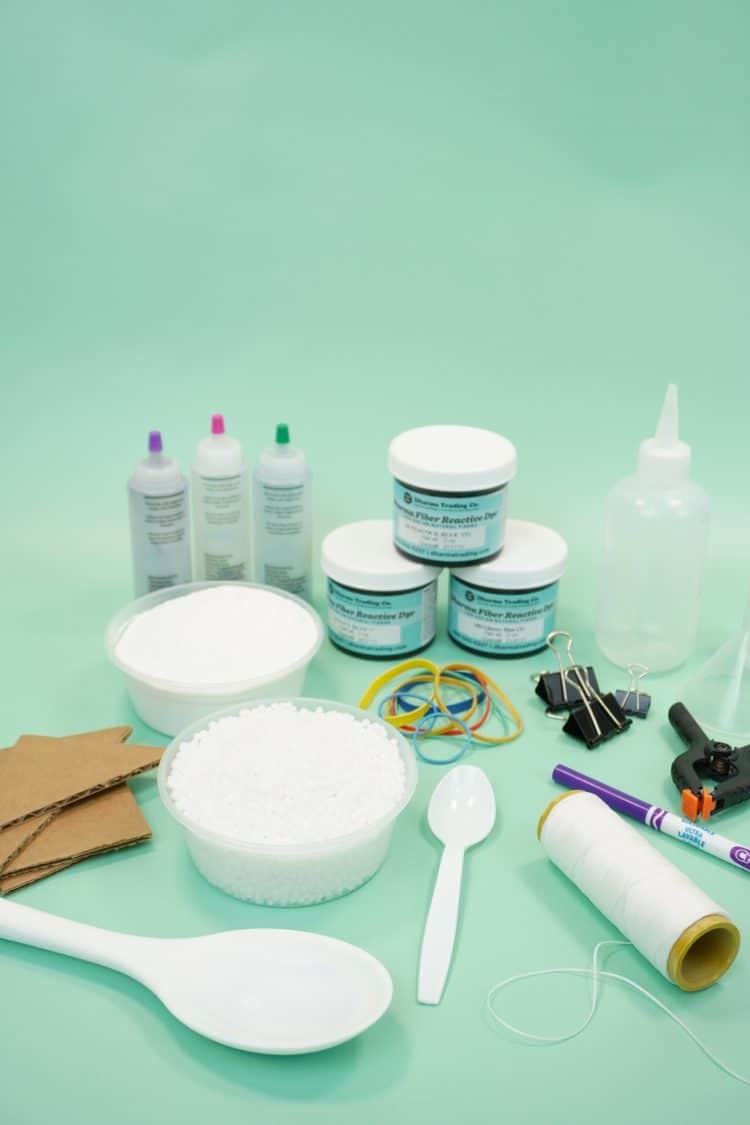
Must Have Tie-Dye Supplies - Happiness is Homemade
:max_bytes(150000):strip_icc()/raw-material-for-yewllow-color-natural-dye-1137204033-fd2a632090b9430ab5266b6356604aee.jpg)
How to Make Natural Yellow Fabric Dye

Cold Water Dye

Your Guide to the Best – and Worst – Fabrics for Tie Dye

Glue Resist Fabric Dyeing - EASY way to customize bags
Each 80g box contains: A sachet of superior quality fabric dye (enough to dye 1kg of dry fabric) A sachet of fixative to ensure lasting

Cold Water Dye Maxi Pack | Lady Dye
:max_bytes(150000):strip_icc()/make-natural-fabric-red-dyes-2145745-FINAL-5c6dcd18c9e77c0001b506c2.jpg)
How to Make Natural Red Fabric Dye
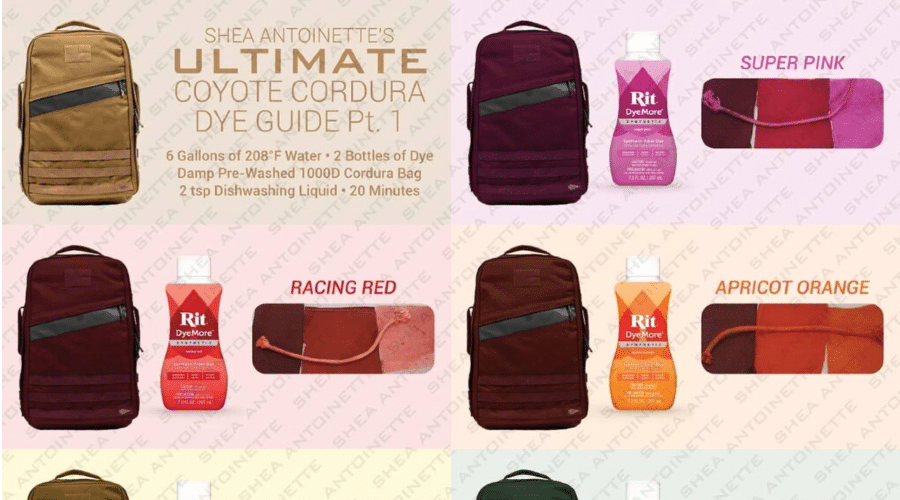
GORUCK Coyote Ruck Dye Guide - Ruck Dot Beer
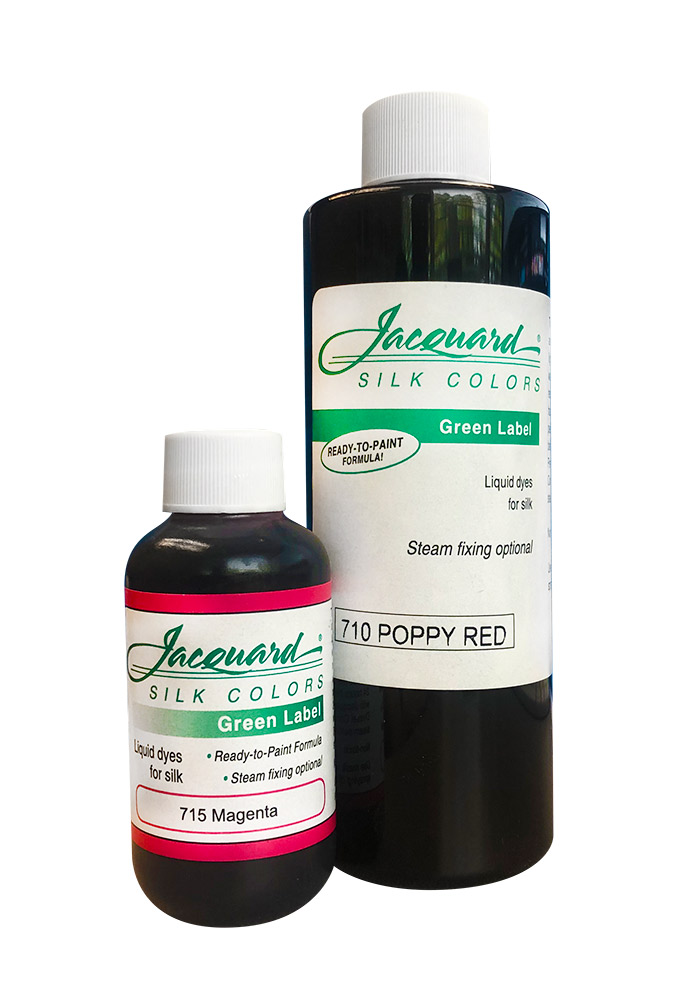
JACQUARD SILK COLORS (GREEN LABEL)
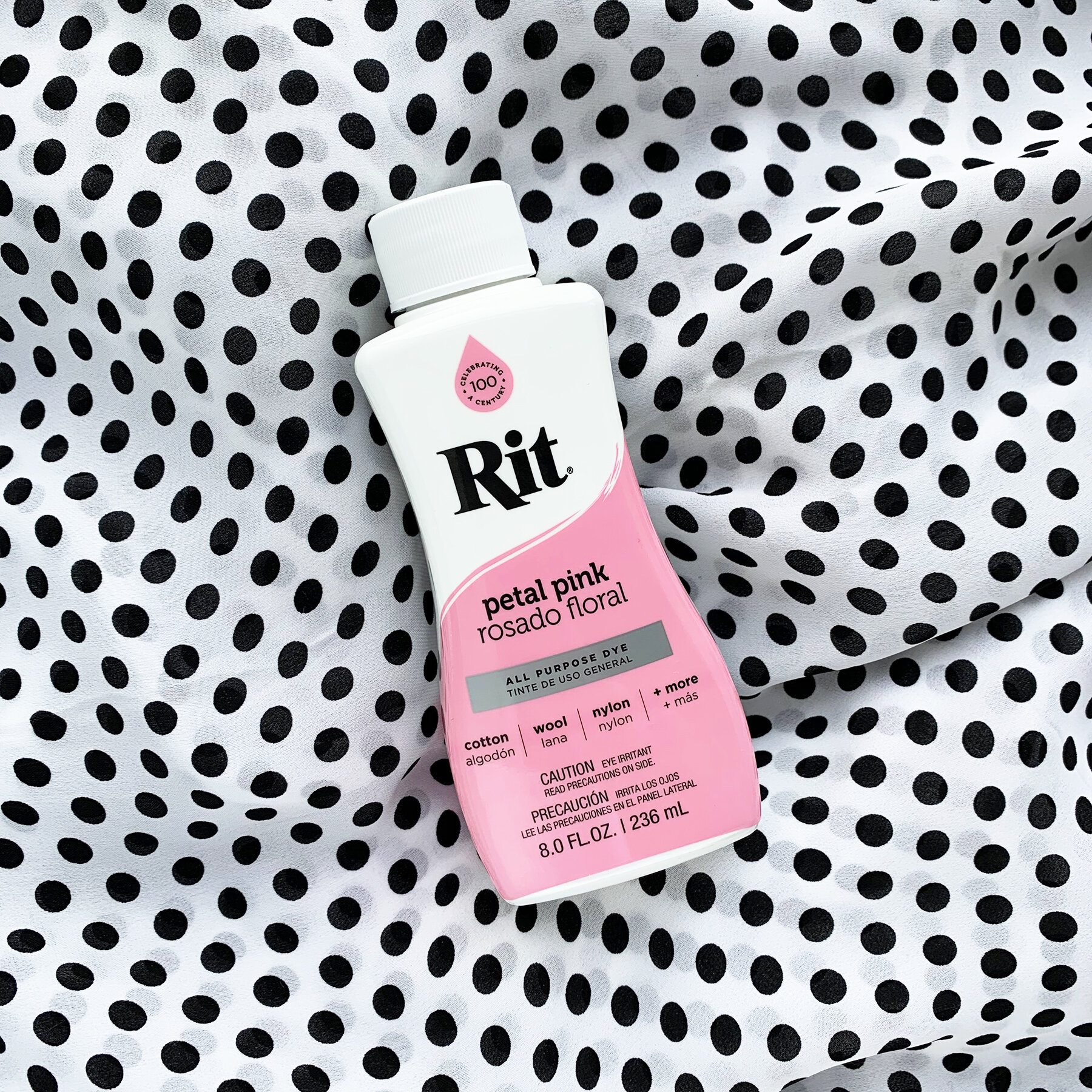
OVER DYEING A PRINT: HOW TO DYE A PRINT TO BE ANY COLOR USING RIT

Lady Dye - Fabric Dye - Hot Water Dye - Bottle Green

How to Dye Your Hair at Home Without Screwing It Up
Recommended for you
-
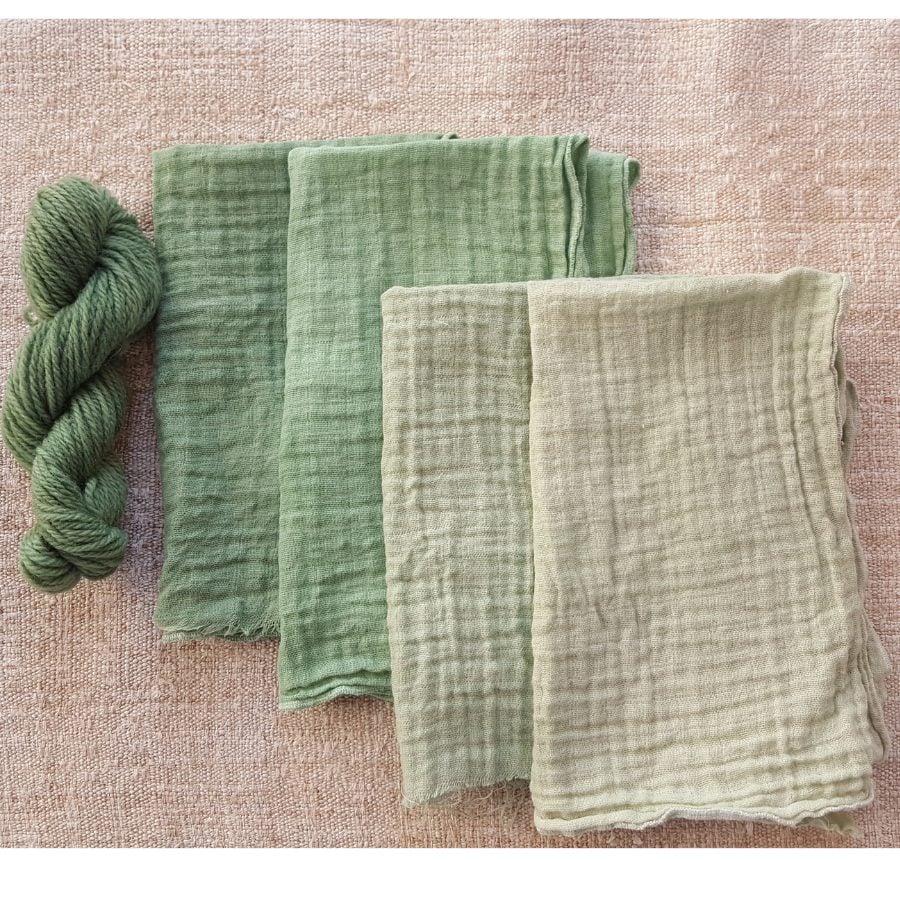 Chlorophyllin Green Dye20 May 2024
Chlorophyllin Green Dye20 May 2024 -
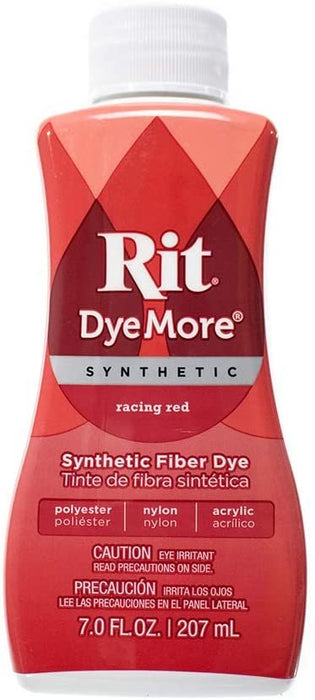 Synthetic Rit Dye More Liquid Fabric Dye – Wide Selection of20 May 2024
Synthetic Rit Dye More Liquid Fabric Dye – Wide Selection of20 May 2024 -
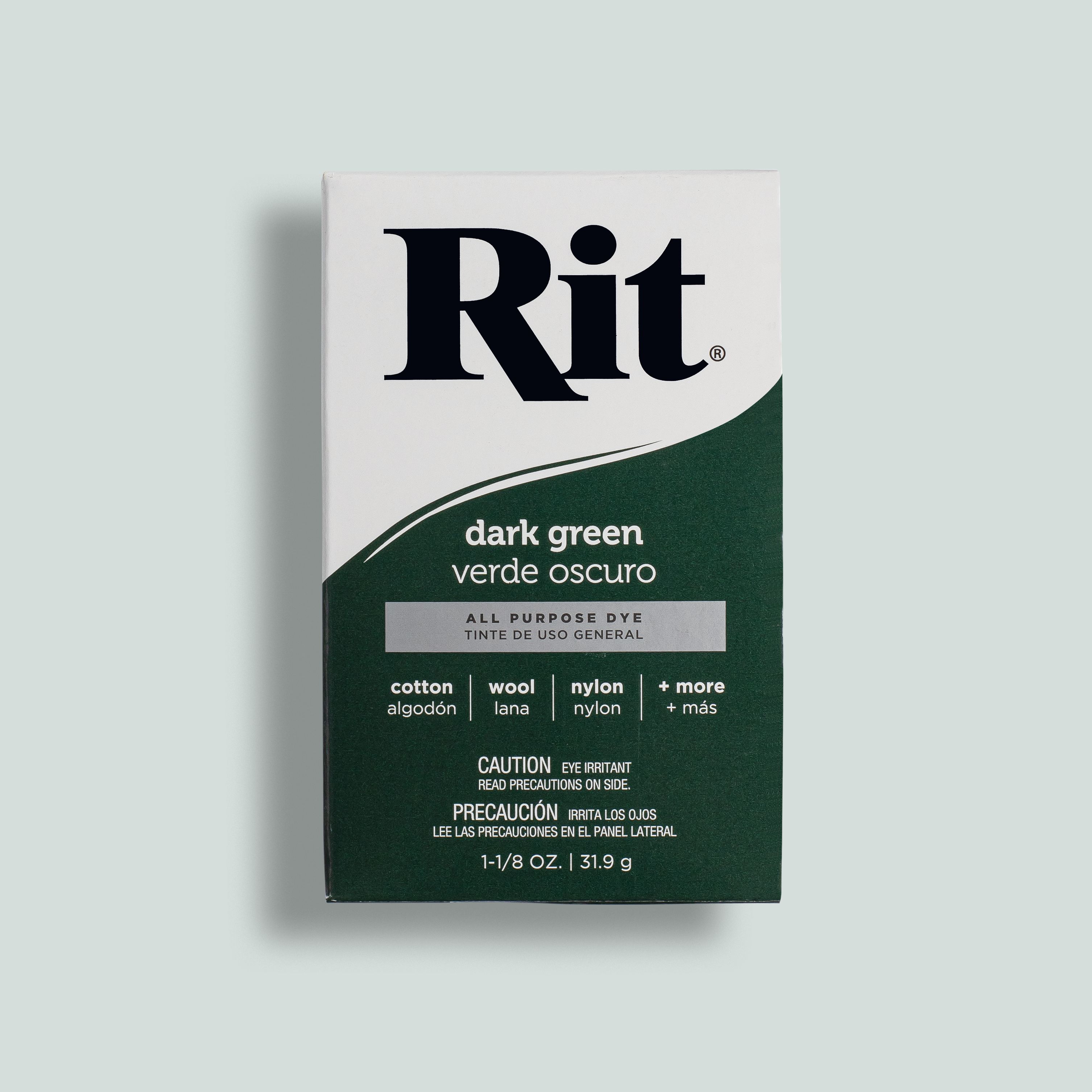 Dark Green All-Purpose Powder Dye20 May 2024
Dark Green All-Purpose Powder Dye20 May 2024 -
 Mugwort Dye Kit for 0.45lb Fabric, Sage Green Color, Natural Dye20 May 2024
Mugwort Dye Kit for 0.45lb Fabric, Sage Green Color, Natural Dye20 May 2024 -
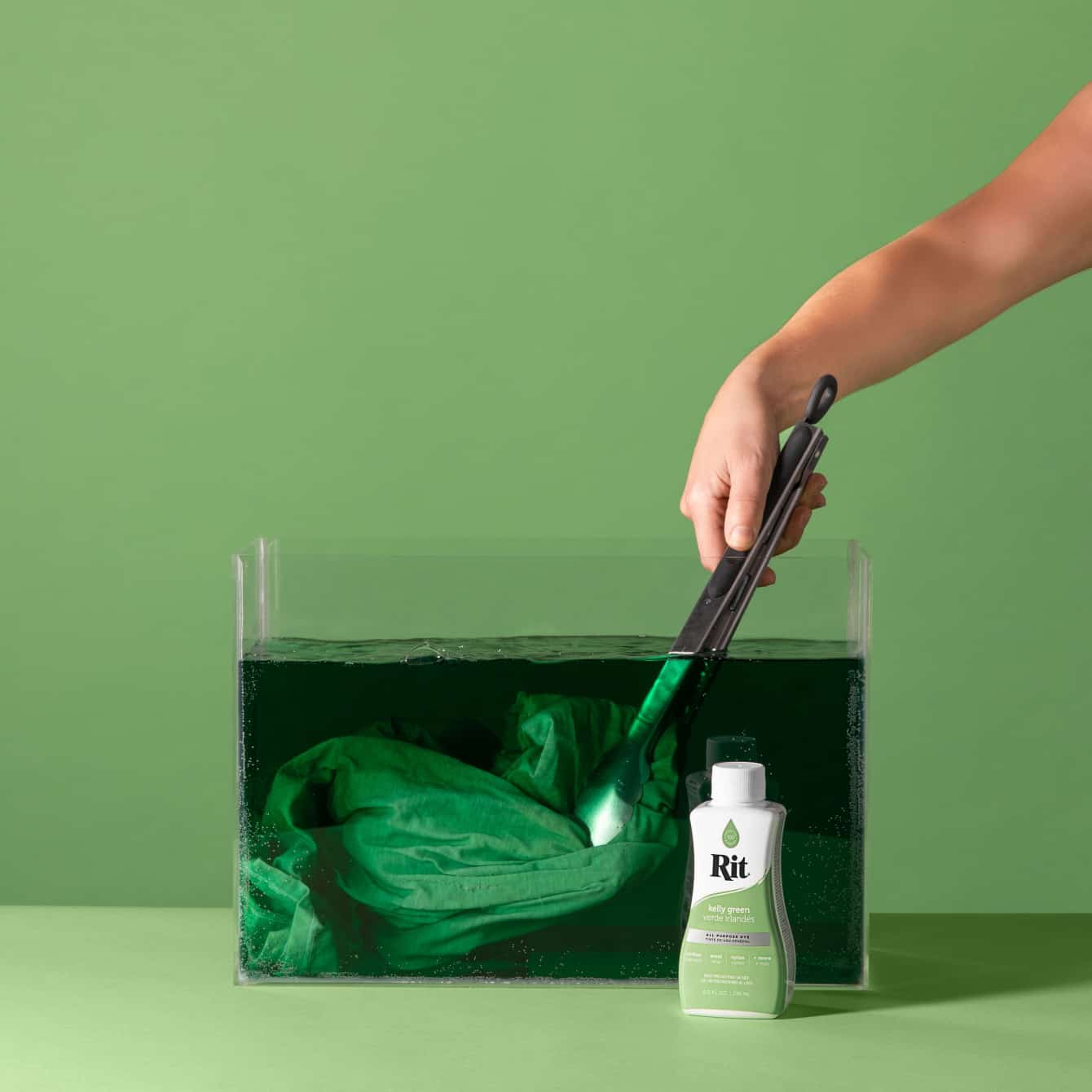 Rit Kelly Green, All Purpose Liquid Dye20 May 2024
Rit Kelly Green, All Purpose Liquid Dye20 May 2024 -
 Rit All Purpose Dye, Dark Green - 8.0 fl oz20 May 2024
Rit All Purpose Dye, Dark Green - 8.0 fl oz20 May 2024 -
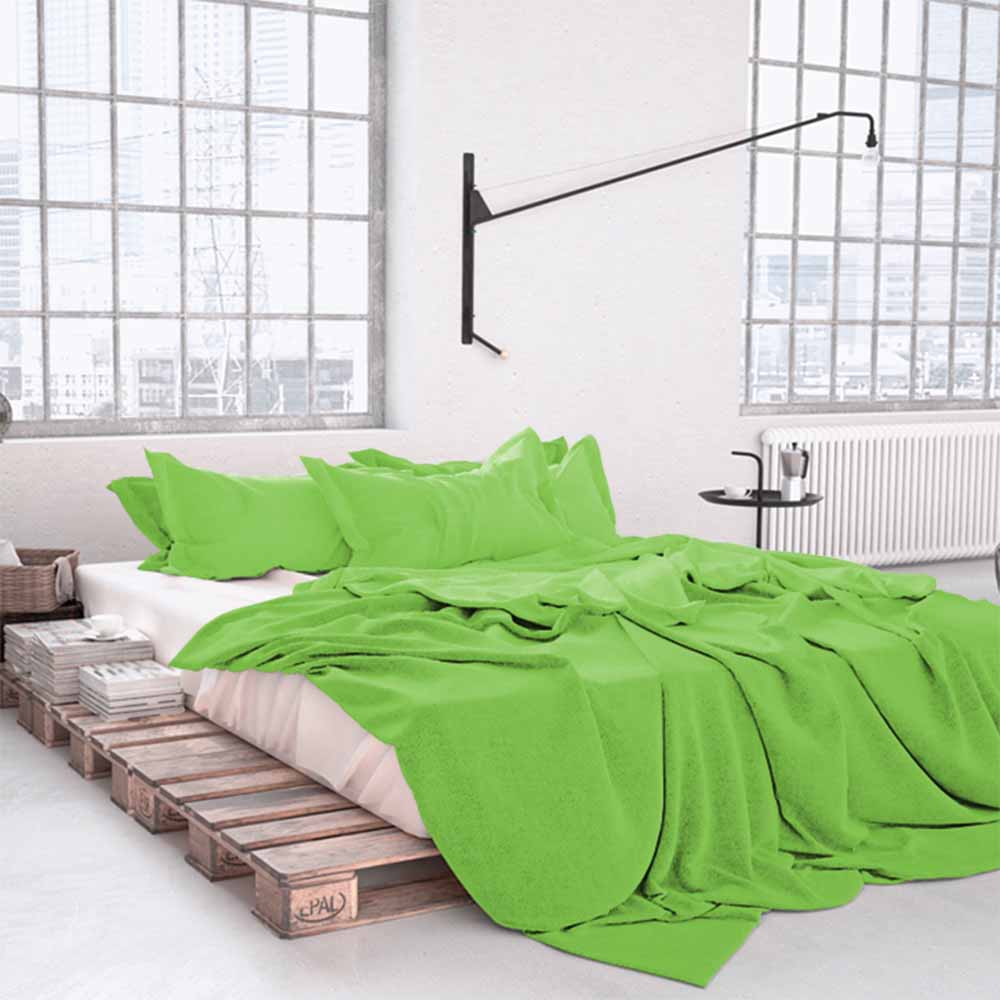 Dylon Tropical Green Fabric Dye 50g20 May 2024
Dylon Tropical Green Fabric Dye 50g20 May 2024 -
 Mint Green Reactive Dye Fabric Dye Clothes Dyeing Agent Clothing Refurbished Cotton and Hemp Fiber Nylon Dyeing Pigment Acrylic - AliExpress20 May 2024
Mint Green Reactive Dye Fabric Dye Clothes Dyeing Agent Clothing Refurbished Cotton and Hemp Fiber Nylon Dyeing Pigment Acrylic - AliExpress20 May 2024 -
 Low Impact Dyeing (Create amazing colours with minimum water)20 May 2024
Low Impact Dyeing (Create amazing colours with minimum water)20 May 2024 -
 Jacquard Textile Color Fabric Paint 2.25Oz-Emerald Green20 May 2024
Jacquard Textile Color Fabric Paint 2.25Oz-Emerald Green20 May 2024
You may also like
-
 Fleet Pedia-Lax Liquid Glycerin Suppositories - 6 count, 4 ml each20 May 2024
Fleet Pedia-Lax Liquid Glycerin Suppositories - 6 count, 4 ml each20 May 2024 -
 Japan San-X Glitter Clear Sticker - Sumikko Gurashi / Sweets20 May 2024
Japan San-X Glitter Clear Sticker - Sumikko Gurashi / Sweets20 May 2024 -
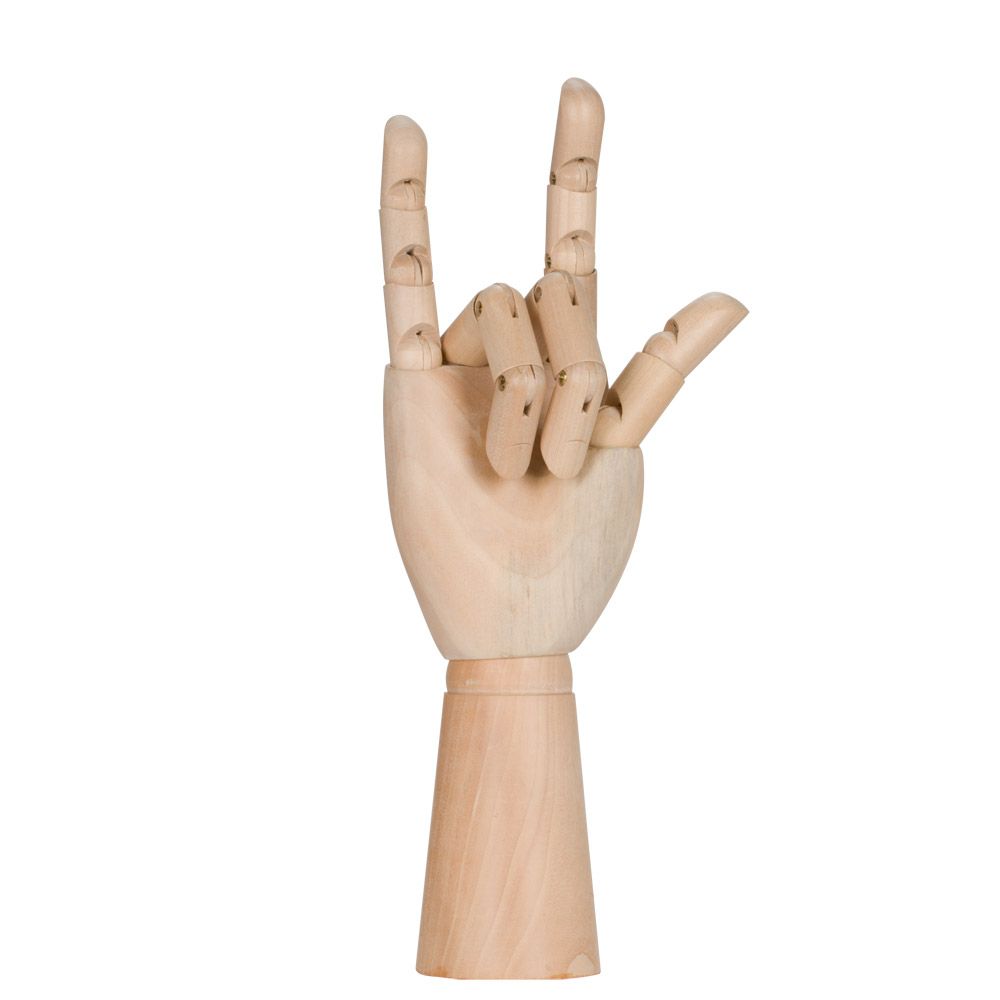 Hand Manikins (Mannequins for art)20 May 2024
Hand Manikins (Mannequins for art)20 May 2024 -
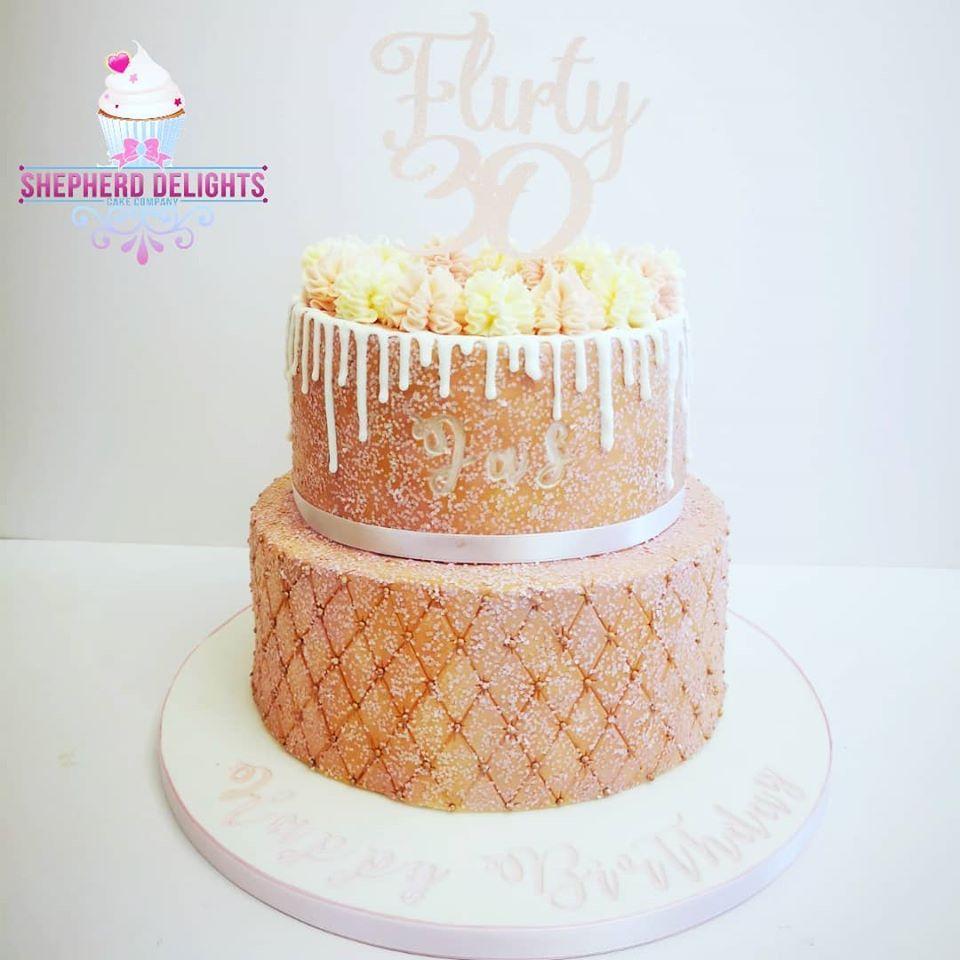 Quilted Glitter Birthday Cake » Birthday Cakes » Cakes For Teens20 May 2024
Quilted Glitter Birthday Cake » Birthday Cakes » Cakes For Teens20 May 2024 -
 500PCS Incentive Stickers for Kids,1 Inch Reward Stickers in 820 May 2024
500PCS Incentive Stickers for Kids,1 Inch Reward Stickers in 820 May 2024 -
 Brady 3943-1010 Hand-Held Slot Punch with Adjustable Guide20 May 2024
Brady 3943-1010 Hand-Held Slot Punch with Adjustable Guide20 May 2024 -
 Winning Moves Lilo and Stitch Monopoly Board Game, Embark on an Out of This World Journey with Lilo, Stitch, Nani, Jumba and Many More, Great Family Disney Game for Ages 8 and up : Everything Else20 May 2024
Winning Moves Lilo and Stitch Monopoly Board Game, Embark on an Out of This World Journey with Lilo, Stitch, Nani, Jumba and Many More, Great Family Disney Game for Ages 8 and up : Everything Else20 May 2024 -
C3 the Complete Car Cleaner let's see what up 🧼🇺🇸 @Suds.Lab #autode20 May 2024
-
 GemZono 6 Pack Diamond Painting Kits for Clearance Adults&Kids DIY 5D Diamond Art Paint with Round Diamonds Full Drill Cow Gem Art Painting Kit for20 May 2024
GemZono 6 Pack Diamond Painting Kits for Clearance Adults&Kids DIY 5D Diamond Art Paint with Round Diamonds Full Drill Cow Gem Art Painting Kit for20 May 2024 -
 Sublimation Hat Youth/ Adult Baseball Cap Trucker Mesh Cap Purple20 May 2024
Sublimation Hat Youth/ Adult Baseball Cap Trucker Mesh Cap Purple20 May 2024
